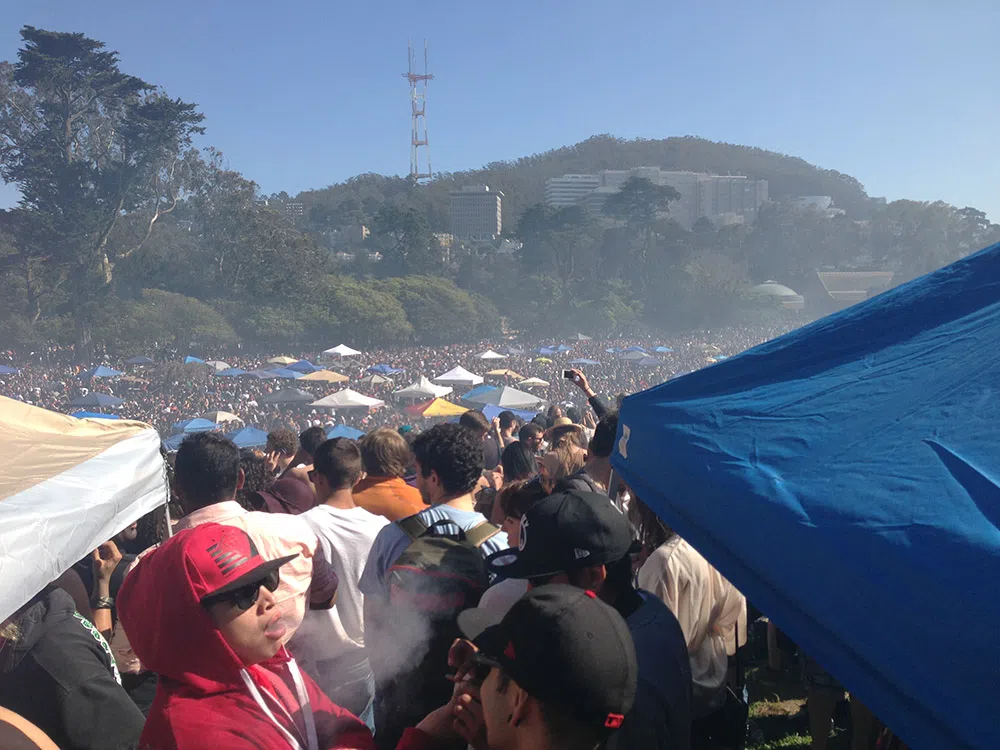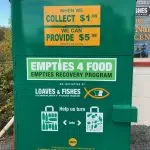
No, “420” Was Never An LAPD Code For Cannabis
Featured in Ripley's Believe It or Not!

Police use codes for internal communication, but, contrary to popular belief, the Los Angeles Police Department does not use the radio code “420” when referring to drug possession. It’s also not the city’s penal code for marijuana use.
Cannabis aficionados, and even those who abstain from smoking the green herb, often refer to 420 when someone uses marijuana, particularly if it’s 4:20 am/pm, or April 20 (4/20).




